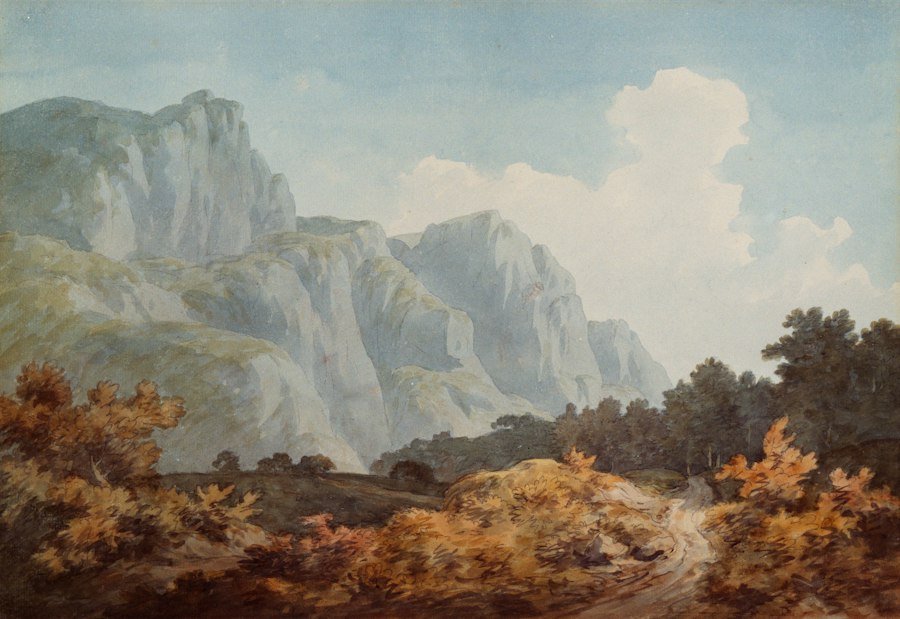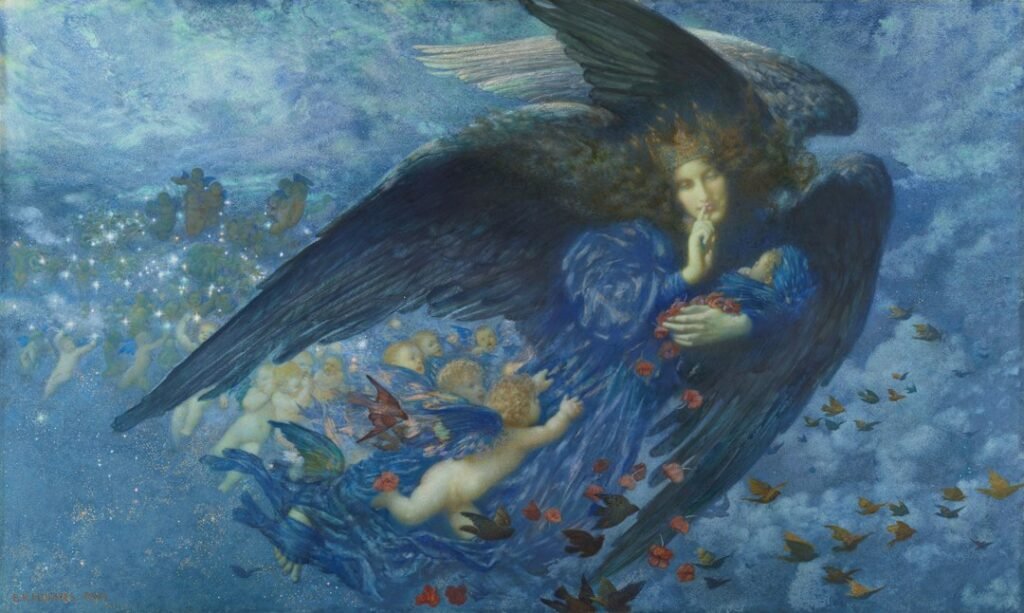Chinese art and culture have a rich and vibrant history that spans thousands of years. From ancient dynasties to modern times, Chinese art has been a reflection of the country’s deep cultural heritage and artistic traditions. Understanding Chinese art and culture is not only important for appreciating the beauty and significance of these works, but also for gaining insight into the values, beliefs, and customs of the Chinese people.
Table of Contents
ToggleKey Takeaways
- Chinese art and culture have a rich history dating back thousands of years.
- Art plays a significant role in Chinese society, serving as a means of communication and expression.
- Chinese culture has had a profound influence on art, with traditional forms such as painting, sculpture, and calligraphy still prevalent today.
- Contemporary Chinese art reflects the country’s rapid modernization and global influence.
- Symbolism and calligraphy are important elements in Chinese art, with deep cultural and spiritual significance.
The Role of Art in Chinese Society
Art has played a significant role in Chinese society throughout history. In ancient times, art was often used as a means of communication and expression. It served as a way for individuals to convey their thoughts, emotions, and ideas to others. Art was also closely tied to religion and spirituality, with many works depicting deities, mythical creatures, and scenes from religious texts.
In contemporary Chinese society, art continues to hold a prominent place. It serves as a form of cultural expression and identity, allowing artists to explore their own personal experiences and perspectives. Art also plays a role in social commentary and political activism, with many artists using their work to address issues such as social inequality, environmental degradation, and human rights.
The Influence of Chinese Culture on Art
Chinese culture has had a profound influence on art throughout history. The philosophy of Confucianism, with its emphasis on harmony, balance, and respect for tradition, has greatly shaped the aesthetics of Chinese art. This can be seen in the use of symmetrical compositions, natural motifs such as flowers and landscapes, and the incorporation of calligraphy into many works.
Chinese culture has also influenced the subject matter of art. Traditional Chinese art often depicts scenes from everyday life, such as farming, fishing, and family gatherings. It also frequently draws inspiration from mythology and folklore, with many works featuring legendary figures such as dragons, phoenixes, and immortals.
Traditional Chinese Art Forms
Traditional Chinese art encompasses a wide range of forms, including painting, calligraphy, sculpture, ceramics, and jade carving. Each of these art forms has its own unique characteristics and techniques.
Chinese painting is known for its use of brush and ink, as well as its emphasis on capturing the essence of the subject rather than its physical appearance. Calligraphy, which is considered a form of art in its own right, is highly regarded in Chinese culture and is often seen as a reflection of one’s character and personality.
Sculpture in China has a long history, with examples dating back to the Shang Dynasty (c. 1600-1046 BCE). Many sculptures are made from bronze or stone and often depict religious figures or mythical creatures. Ceramics, particularly porcelain, are another important art form in China. Chinese porcelain is renowned for its delicate beauty and intricate designs.
Contemporary Chinese Art
Contemporary Chinese art has undergone significant changes in recent decades, reflecting the country’s rapid social and economic transformation. Artists today are exploring new mediums and techniques, incorporating elements of Western art movements such as abstraction, pop art, and conceptual art.
One prominent contemporary Chinese artist is Ai Weiwei, known for his provocative installations and social activism. His work often addresses issues such as censorship, human rights, and the destruction of cultural heritage. Another notable artist is Zhang Xiaogang, whose paintings explore themes of memory, identity, and the impact of China’s Cultural Revolution.
The Importance of Symbolism in Chinese Art

Symbolism plays a crucial role in Chinese art, with many works containing hidden meanings and messages. Colors, animals, plants, and other elements are often used symbolically to convey specific ideas or concepts.
For example, the color red is associated with good luck and happiness in Chinese culture, while the color white represents mourning and death. Animals such as dragons symbolize power and strength, while peonies are a symbol of wealth and prosperity. These symbolic elements add depth and complexity to Chinese art, inviting viewers to interpret and engage with the work on multiple levels.
The Significance of Calligraphy in Chinese Culture
Calligraphy holds a special place in Chinese culture, as it is considered both an art form and a form of writing. It has been practiced for thousands of years and is highly regarded for its beauty, elegance, and expressive qualities.
In ancient times, calligraphy was seen as a mark of education and refinement, with scholars spending years perfecting their skills. Today, calligraphy continues to be valued as a form of artistic expression and is often used in ceremonies, celebrations, and other important occasions.
The Impact of Chinese Literature on Art
Chinese literature has had a profound influence on art throughout history. Many works of literature, such as poems, novels, and plays, have been adapted into visual art forms such as painting and sculpture.
One famous example is the classic novel “Journey to the West,” which has inspired countless paintings, sculptures, and other artworks. The story follows the adventures of the Monkey King and his companions as they travel to India in search of Buddhist scriptures. The novel’s themes of heroism, friendship, and spiritual enlightenment have resonated with artists for centuries.
The Evolution of Chinese Art Through History
Chinese art has evolved significantly over time, reflecting changes in society, politics, and cultural values. Key periods in Chinese art history include the Tang Dynasty (618-907 CE), known for its vibrant paintings and sculptures; the Song Dynasty (960-1279 CE), which saw the rise of literati painting; and the Ming Dynasty (1368-1644 CE), known for its exquisite porcelain and blue-and-white ceramics.
In modern times, Chinese art has continued to evolve and adapt to new influences and ideas. Artists today are exploring new mediums, techniques, and subject matter, reflecting the changing realities of contemporary Chinese society.
The Intersection of Art and Politics in China
Throughout history, art and politics have often intersected in China. In ancient times, art was used as a means of propaganda, with rulers commissioning works that glorified their reign and promoted their political agenda.
In more recent history, art has been used as a form of protest and social commentary. During the Cultural Revolution (1966-1976), for example, many artists were persecuted for their work, which was seen as a threat to the Communist regime. Today, artists continue to use their work to address social and political issues, often pushing the boundaries of what is considered acceptable by the government.
Understanding Chinese art and culture is essential for gaining insight into the rich history and traditions of this ancient civilization. Chinese art has played a significant role in society throughout history, serving as a means of communication, expression, and cultural identity. It has been influenced by Chinese culture, with elements such as symbolism and calligraphy playing a prominent role. Traditional Chinese art forms such as painting, calligraphy, sculpture, ceramics, and jade carving have been passed down through generations and continue to be practiced today. Contemporary Chinese art reflects the changing realities of modern society and often addresses social and political issues. By studying Chinese art and culture, we can gain a deeper appreciation for the beauty and significance of these works and better understand the values and beliefs of the Chinese people. In an increasingly globalized world, this understanding is more important than ever.








